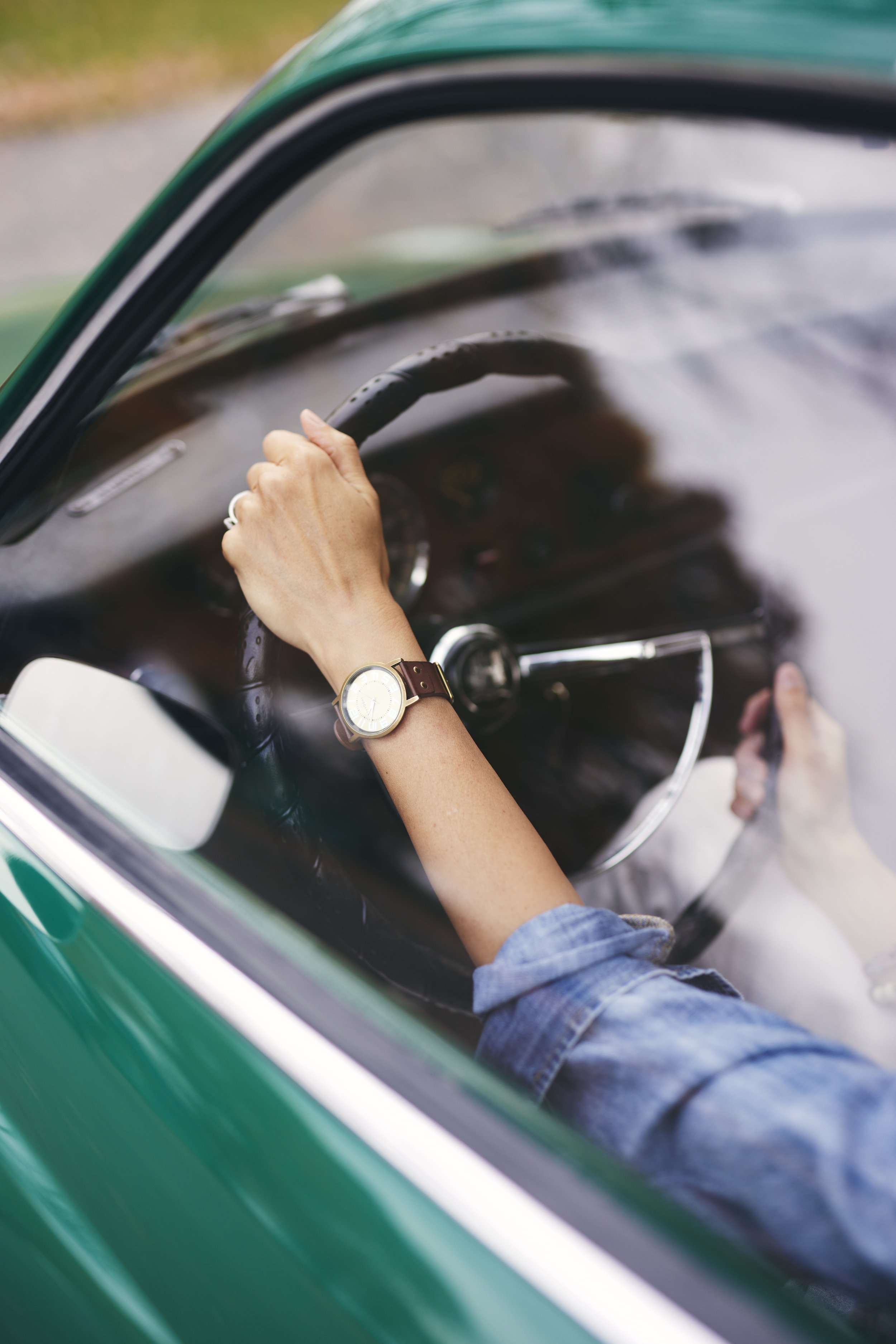
The VW Karmann Ghia
Italian design combined with German manufacturing and how the “Beetle in a Sports Coat” came to be
First, a little backstory…
In 1953, Wilhelm Karmann (a contract car manufacturer for Volkswagen) asked the Carrozzeria Ghia automotive design house in Italy to use the chassis of the Beetle to design a stylish convertible that appealed to a broader consumer base. After months of working in secret, Ghia showed Karmann a prototype coupe (rather than a convertible) at the Paris Auto Show. Impressed, Karmann shared it with VW and they agreed to into production in 1955. The 2-door (internally named Type 14) was hand-built, marketed as “practical yet stylish,” had a sporty stance, and looked nothing like the Beetle. The use of English pewter made it a little heavier and the price tag reflected that, however its elegant design was very well received in the U.S. and more than 10,000 were sold in the first year. By 1957, the convertible was finally introduced. Over the years, the Karmann Ghia went through several updates such as higher, rounder lights, wider and finned front grille, reverse lights, wrap-around turn signals, and horsepower eventually topping out at 60, but its basic outline never changed. Volkswagen produced over 445,000 Karmann Ghias in its lifetime, making it a huge success, before it was replaced in 1974 by the Golf.
Is Dilly more practical than stylish? Or more stylish than practical? See for yourself.


























